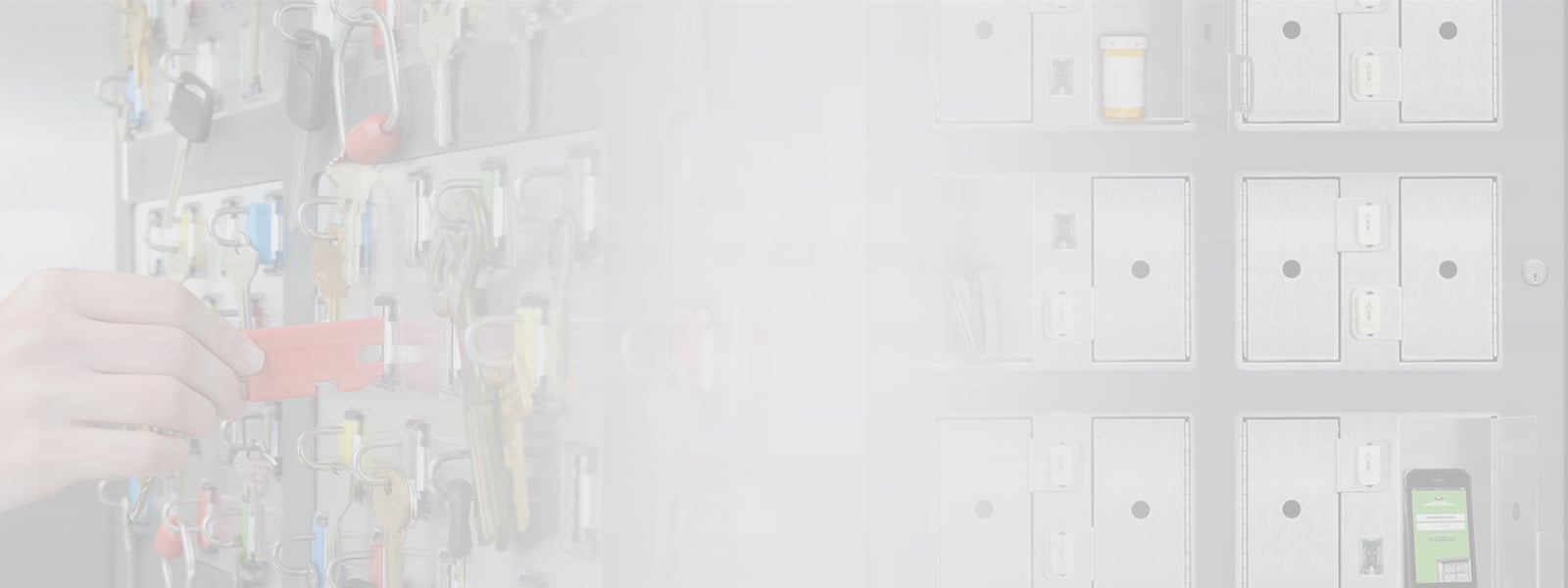According to a 2016 study by the Administration on Aging, people over the age of 65 represent nearly 14 percent of the population and that number is expected to grow to 21 percent by 2040. To accommodate this segment of the population, senior living and healthcare facilities are undergoing a transformation in design that better addresses their unique needs. The study indicates, for instance, that LED lighting, wellness programs and amenities will be top of the list for facility upgrades.
Also prominently listed is an increased use of technology. This generation is accustomed to the use of technology in their lives and, as such, technology will play a larger role in living and healthcare facilities – for convenience purposes as well as for the security and safety of residents and staff. For example, installation of access control systems will make it easier to ensure a safer environment, allowing all to move about with ease while keeping unauthorized individuals out. Video surveillance systems will offer additional security measures while captured footage can provide evidence in the event of an incident.
Living and healthcare facilities, whether newly constructed or original, are likely to use conventional lock and key systems as these devices are exceptionally cost-effective. It therefore makes sense from a cost and time perspective to maintain these lock and key systems while increasing the level of security they offer – and key management systems are the perfect solution to this need. They provide an immediate improvement to safety and security, are much more accessible in terms of managing costs and are extremely easy to implement.
The key management systems are a custom-tailored solution designed to record the access history of each key, including user, date and time of check-out/return. By releasing assigned keys only to users with the proper authorization code, the system helps to ensure adherence to facility policies and procedures. Keys can be managed according to requirements (time/day available, personnel, etc.) and management can quickly query what keys have not been returned and when the key will become overdue. If a key is not returned to the key cabinet as scheduled, an alert is sent via email or text to appropriate personnel so that immediate action can be taken.
Key control cabinets installed throughout a facility can be networked, allowing user parameters to be instantly changed or terminated. Today’s advanced key management systems can also be integrated with the facility’s networked security system. Open protocols enable connectivity to access control, IP video surveillance, intrusion and fire alarm systems that may be installed in the living or healthcare facility. An integrated system helps to ensure that security is maximized as well as providing a higher level of assurance and peace of mind.
Medical devices, radios, cell phones, hand-held computers and other equipment used by staff, as well as their personal belongings or devices, can also be accommodated with a key control and asset management system. Asset lockers that are part of a key control system can provide the necessary storage and safekeeping of these items and can be managed as efficiently as keys. The lockers can be set up as a personal storage space for one or multiple users and they are scalable.
Access devices such as magnetic cards or proximity devices can also be secured in the specially designed asset lockers that can be configured into a key control system and used in any combination with standard key or locker modules. Using minimal wall space, the locker cabinets can eliminate outdated lock boxes, unreliable manual logs and messy identification tags. Typically constructed of rugged stainless steel, the systems are designed to resist abuse and are alarm-protected against tampering.
Regardless of the kind of healthcare facility – hospital, retirement home, medical center and so on – managed key control technology is a powerful solution for addressing security and safety needs and a reassuring solution for peace of mind.
For more information on how key management can support healthcare facilities, contact one of our experts today.



